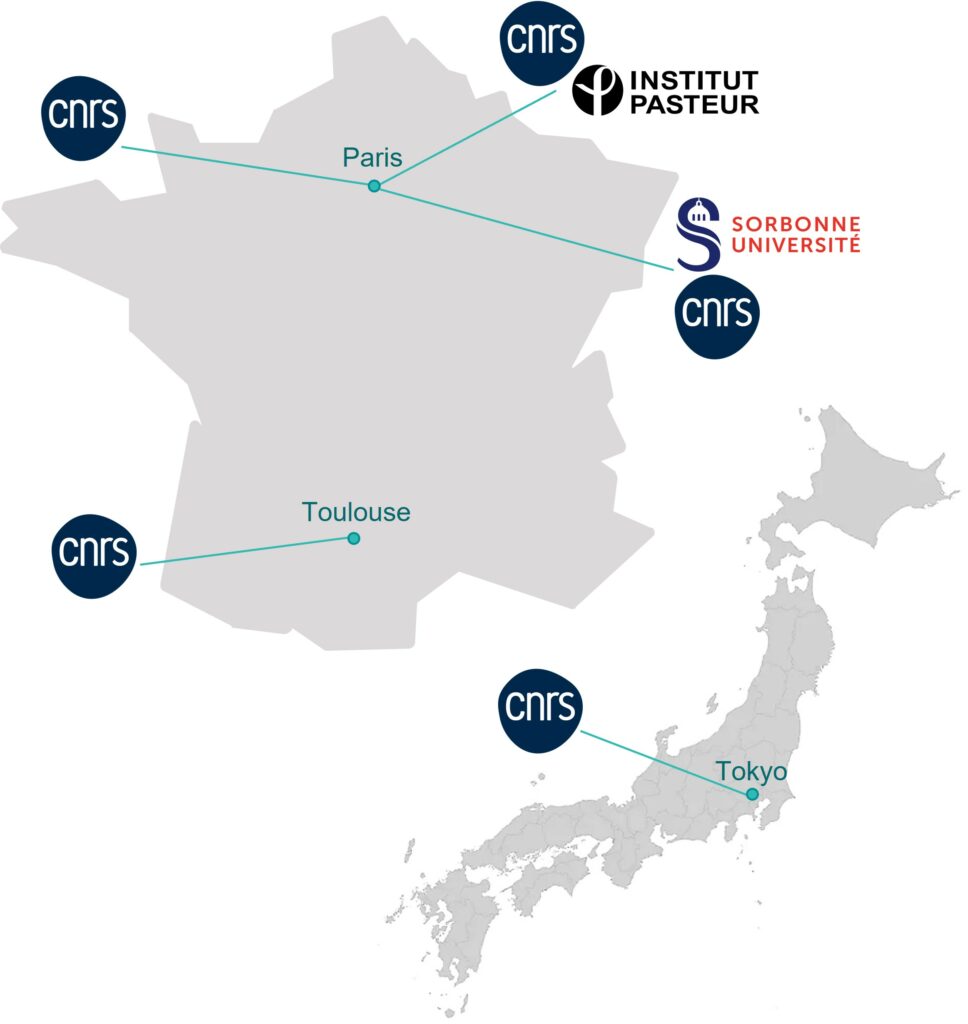
DNA Synthesis Next Generation
Overview
Development of next-generation DNA synthesis methods
Yannick RONDELEZ, DR CNRS
DNA synthesis is traditionally carried out by growing the polymer step by step through cycles of base coupling/deprotection. The historical approach, which uses phosphoramidite chemistry, does not seem suited to future DNA data storage needs, given the slow synthesis speed and the difficulty in creating long strands.
A more recent synthesis approach uses enzymatic coupling with polymerases. This technique is more environmentally friendly but is still slow and costly.
The main objective of the NGSD (Next Generation Synthesis of DNA) project is to develop a new generation of DNA synthesis that is faster and better suited to the constraints of digital information storage. This synthesis will be faster and more scalable. Ultimately, these technologies should enable integration into parallelised microchips by the end of the project.
Keywords : enzymatic DNA synthesis, high throughput, microfluidics, fast encoding
Missions
Our researches
Create new chemical blocks
Design and prepare specialised monomers and nucleotides for enzymatic synthesis. A facility dedicated to the production of new synthons will be created.
Assemble the chemical blocks
Creating and optimising enzymatic tools to increase the efficiency and speed of molecular coding
Miniaturization and parallelization DNA synthesis
Optimising and adapting matrix technologies and combining them with micropatterning and microfluidic techniques
Integrate this news into a comprehensive process
Integrate devices, enzymes and chemical blocks, combining them with the encoding and decoding of the “From Digital Data to DNA” project.
Consortium
CNRS, Institut Pasteur, Sorbonne Université
Provide new methods of DNA synthesis that are fast and compatible with integration on microchips.
Increase synthesis speed while reducing costs.
Position France at the forefront of the DNA data storage revolution.
Harness the potential of French research in the field of DNA storage by developing partnerships with industry.
A community of 10 researchers and research professors, 7 post-doctoral fellowships and 4 doctoral fellowships offered during the project, as well as the creation of 2 research engineer positions and a junior professorship.
Gulliver laboratory (Gulliver – CNRS, ESPCI, PSL)
Chemistry for Life (UMR 3523 – Institut Pasteur, CNRS)
Structural Molecular Biology and Infectious Process (UMR 3528 – Institut Pasteur, CNRS)
Jean Perrin Laboratory (LJP – CNRS, Sorbonne Université)
Research laboratory specialized in system analysis and architecture (LAAS – CNRS)
Laboratory for Integrated Micro-Mechatronic Systems (LIMMS – CNRS, Université de Tokyo)

Plus de projets

